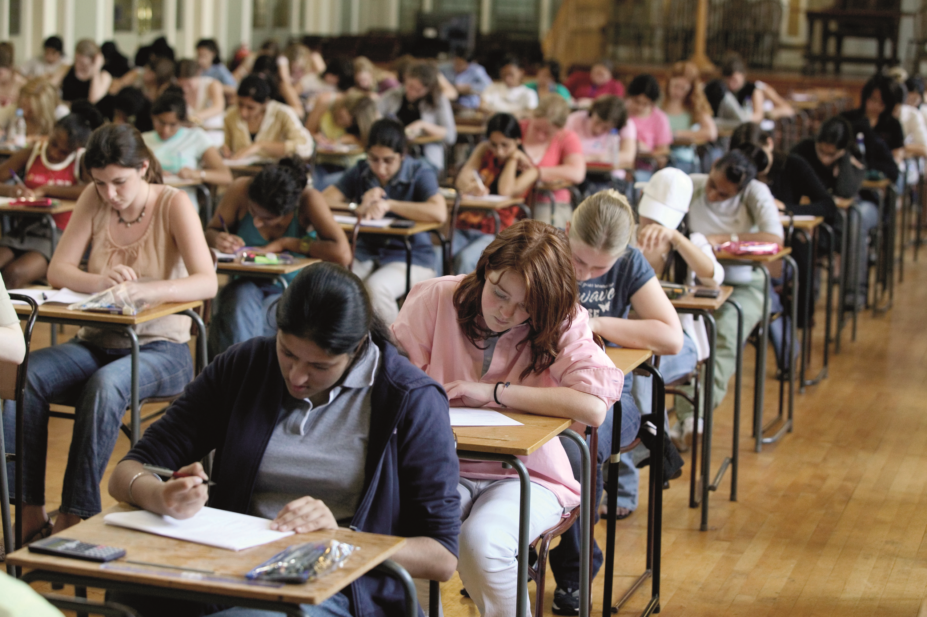
Andrew Fox / Alamy Stock Photo
The difference in pass rates between the best and worst performing pharmacy schools in the 2018 summer registration assessment was 36.8 percentage points.
Pharmacy students who attended the University of Central Lancashire achieved a pass rate of 56.8%, while students at University College London managed a pass rate of 93.6%. The overall pass rate was 79.0%.
Neither of these were outliers with just a handful of students taking the exam — University College London had one of the biggest cohorts, with 140 students, while 95 students from the University of Central Lancashire sat the assessment.
Two other low-performing universities achieved pass rates of around 65.0%, while 5 of the 26 pharmacy schools in Great Britain had more than 90% of their students pass the assessment.
In 2017, the gap was almost as large, with pharmacy students from Kingston University achieving a pass rate of 60.8% and those from the University of Sunderland achieving a 93.1% pass rate.
While low pass rates are not necessarily a problem, the variation in results between low and high-performing pharmacy schools is.
In 2015, the Guild of Healthcare Pharmacists used a Freedom of Information request to establish how A-Level results, and the proportion of students taken on through clearing, related to success in the registration assessment.
The results showed that candidates from pharmacy schools that accepted students with lower mean or median A-Level grades or took more students through clearing were more likely to fail the General Pharmaceutical Council (GPhC) assessment on their first attempt. Unsurprising, perhaps, but the role of any university is to ensure its students reach an acceptable level in their chosen field of study. They must not allow the pressure to fill places — in order to receive the consequent fees — to override this duty.
This is something the GPhC acknowledges and, after the 2017 exam results were announced in July that year, it met with pharmacy schools to discuss poor performance by preregistration trainees.
Following its meetings, the GPhC announced that the schools with the lowest pass rates had developed action plans to help better support their students. It also said that all schools would continue to be monitored through its quality assurance process.
This is not the only work the GPhC has taken on in tackling variation in the registration assessment performance. In July 2018, the regulator announced an action plan to work on the disparities in results by students from different ethnic backgrounds. Following analysis of results over a number of years, the GPhC announced that pharmacy schools have now been asked to be more proactive in their policies on equality and diversity, and that it will talk to education providers to evaluate their policies in this area.
Both these areas are complex and sensitive, and it may be unfair to judge pharmacy schools on the registration assessment, bearing in mind that students have spent a year away from the institution before they sit the exam. In the past, the GPhC’s figures have also shown significant variation in registration assessment performance between students from different placements.
It is reassuring to see the regulator’s efforts in this area and this work may take time to bear fruit, but next summer’s preregistration assessment results will be closely scrutinised to see whether things are moving in the right direction.
- This editorial was amended on 19 October 2018 to correct the ‘University of Central Lancaster’ to ‘University of Central Lancashire’. The Pharmaceutical Journal apologises for any confusion caused.


